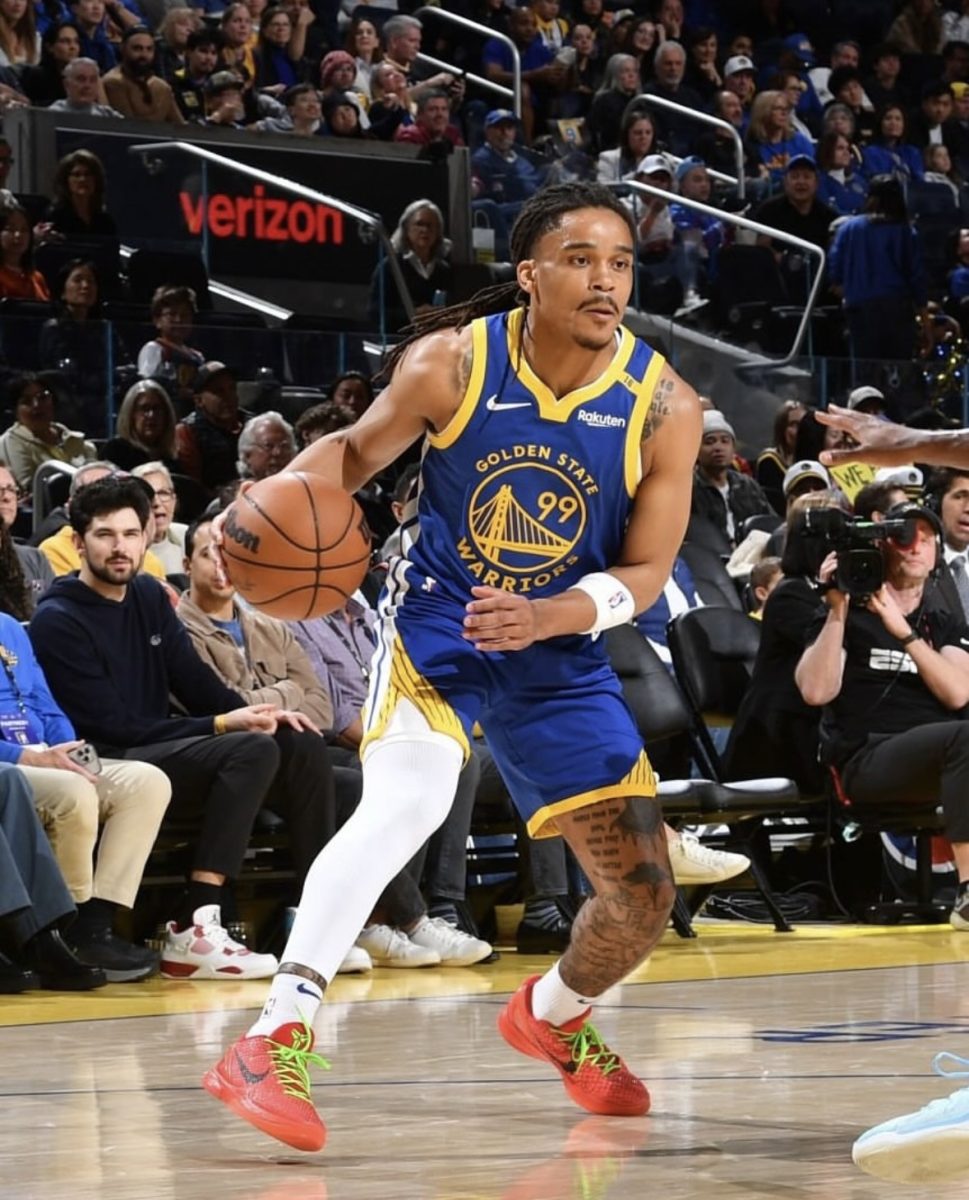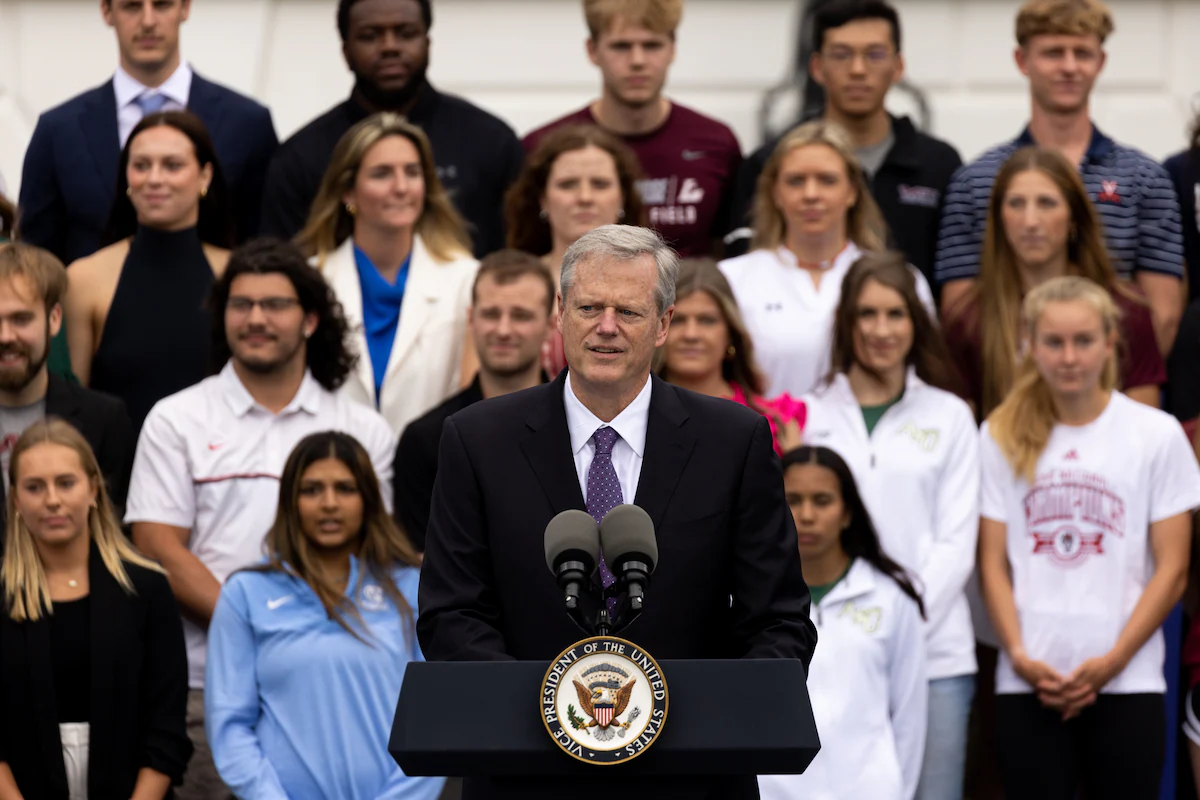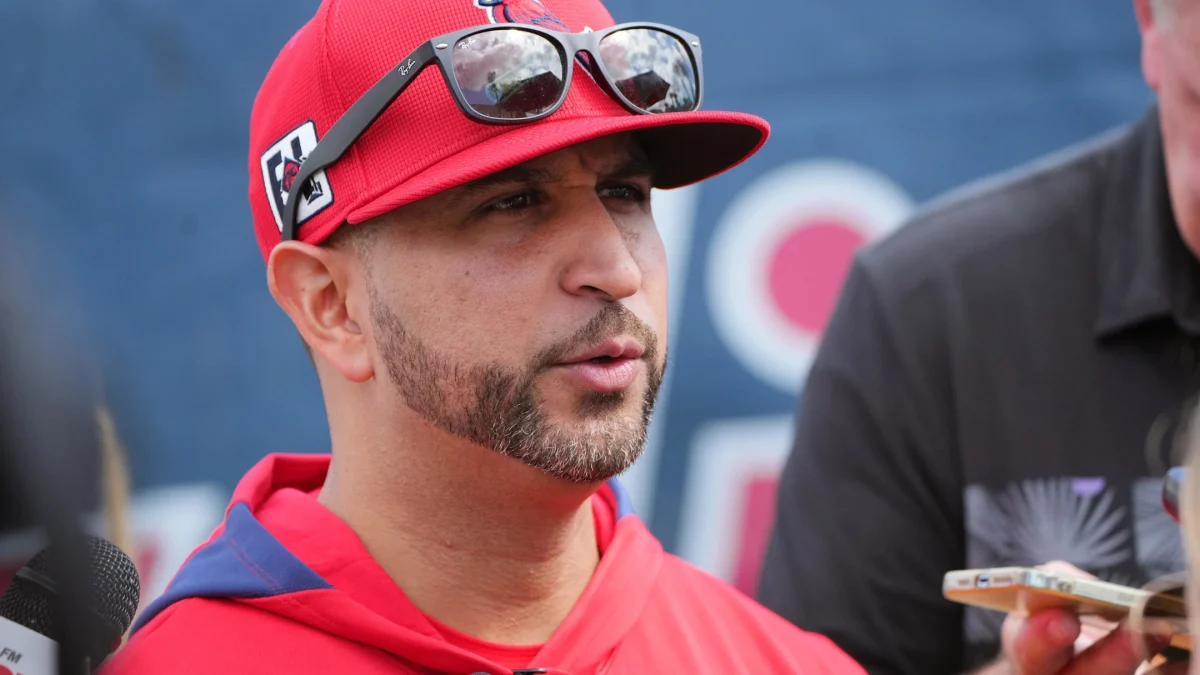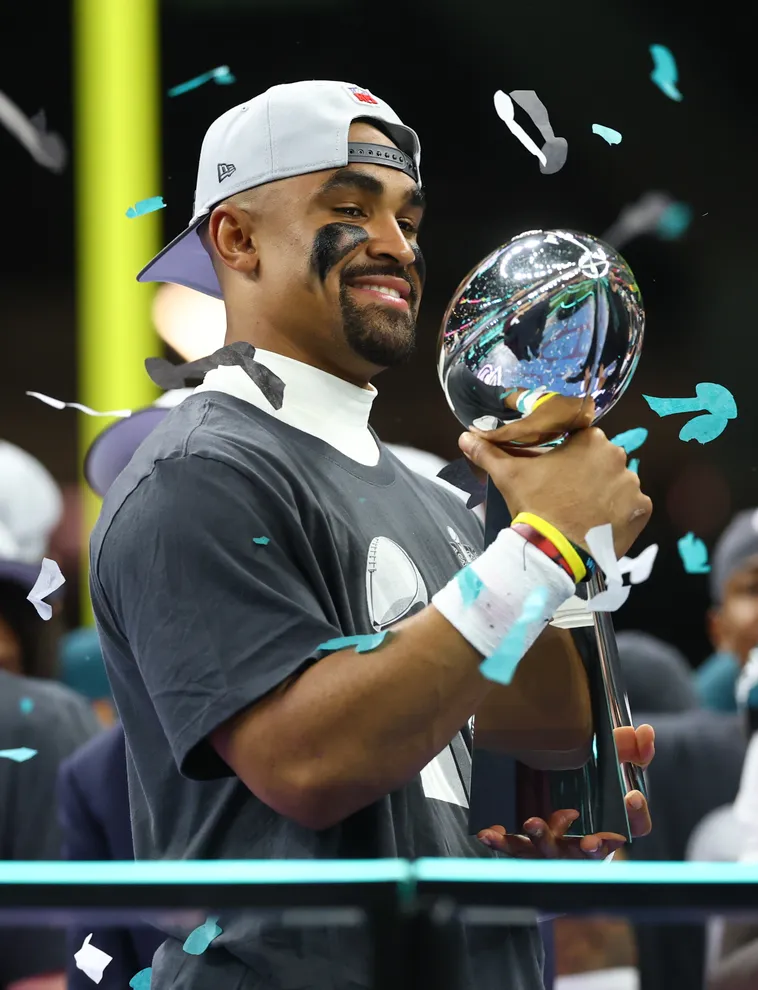One and a half years ago, Saint Louis University athletic director Doug Woolard persuaded Pepperdine basketball coach Lorenzo Romar to leave the comfy confines of Malibu, Calif., and relocate to St. Louis to coach the Billiken basketball squad.
At the time, Billiken fans muttered “Who’s he?” Everyone was still in shock from the resignation of fan-favorite Charlie Spoonhour.
But the Billlikens made the 1999 NCAA Tournament, and now just about everyone associated with college basketball knows who Romar is.
Andy Katz, college basketball beat writer for ESPN.com, called Romar a “rising star” in one of his columns. And the NCAA named Romar to the basketball issues committee, which will primarily tackle the issue of summer recruiting. That’s quite an honor because Duke coach Mike Krzyzewski and Kentucky coach Tubby Smith are also on the committee.
Romar’s “rising star” status warrants concern, if you’re a Billiken fan who likes Romar. The fact is, that if Romar continues to take SLU to the NCAA tourney for the next year or two, he will probably leave the program and move on to a more prestigious university.
And who could blame Romar for bolting. Saint Louis University is not a lucrative school for a coach for many reasons.
1) There isn’t an on-campus arena for the team to play its games. The Savvis Center doesn’t have that raucous-like atmosphere that Duke, Missouri, Kentucky or Kansas have at their home courts.
The Savvis Center is more like a morgue. While the Billikens have sported a solid home record at their home court for the past seven years, opponents don’t tremble when they run out of the locker room and take the floor. Half of the Bills’ games are played in a half-empty building.
2) Recruiting is tough in St. Louis. In the mid-1990s, St. Louis had a load of high school talent. Larry Hughes, Chris Carawell, Loren Woods, Johnnie Parker, Matt Baniak and Brian Grawer drew big-name college coaches to the area for nearly every game.
But in the past few years, the crop of high school studs has dwindled. And the ones that are good end up going to better basketball schools, not SLU.
3) The aura of Spoonhour will live on in alumni’s minds for quite a few years. As a coach, Saint Louis fans related to him. He told jokes at press conferences; he was animated on the sidelines and his teams won with hard work and a determined effort.
Being older also helped Spoonhour. The older alumni, who are the only ones who go to every home game, were in the same age group as Spoonhour.
Romar is quite the opposite of Spoonhour. He’s young, mild-mannered in public and only occasionally jumps off the bench to talk to players. He’s friendly with the media, but not the joking-type of coach.
On top of that, Romar has experienced the UCLA-winning atmosphere. As an assistant coach there, he was a part of the 1995 national championship team. At UCLA, a Pac-10 school in one of the best conferences in America, there is an on-campus arena where students attend games regularly. And the West Coast is a prime area for basketball talent.
SLU is in an average conference, with average attendance overall but terrible student attendance, and the high school talent is average.
It is imperative that Woolard lock Romar up to an enticing, long-term contract. Romar staying at SLU is vital to the program’s future success.
But, if Romar succeeds at SLU and it looks as though he might not be wanted here, expect him to be at a Pac-10 school soon.









